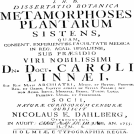Article Search
Blut und Nerv am Auge — spezifisch Menschliches findet sich in der Aderhaut
Die Blutwurz, Potentilla erecta (L.) Räuschel.
Tormentil, Potentilla erecta (L.) Räuschel. Its capacity for connecting its polarities with one another
Tormentil, Potentilla erecta, belongs to the Rosaceae, but in all its organs it is morphologically different from its relatives. The 'cosmic soul' element of the plant deeply affects tormentil early in its development, thereby… Read More
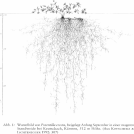
Das Gemüt als Pforte zur Menschenwürde
The mind as a door to human dignity
Modern philosophy regards the 'phenomenal' consciousness of the human being as the biggest obstacle to a naturalistic (Le. unified physical, or, put more simply, materialistic) explanation of human consciousness. But such an 'explanation' cannot be sustained without first making a phenomenological… Read More
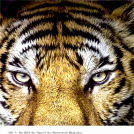
Zur Evolution des menschlichen Kopfes
In the evolution of the human head a Shift in complexity takes place. Complexity is predorninately reduced in the jaw region (distally), in which the organism comes into direct contact with the environment through nutrition. Proxirnally, in the brain, besides the degradation processes present, complexity is predominately increased. The… Read More
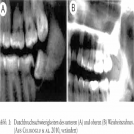
Die Chinarinde und das atavistische Wesen des Malaria-Erregers
It appears that humanity has always suffered from malaria. The disease has already taken countless lives. The early reports of malaria infection come from the 'yellow' Emperor Huang Ti (2700 BC). Only later was the connection between malaria and the spleen discovered. Tutenkamun is said to have suffered from malaria. According to the most… Read More
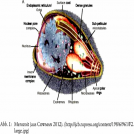
Urteilen in Wissenschaft und Waldorfpädagogik
This paper deals with the forming of judgements in the context of science and pedagogical practice (of Waldorf schools). The subject area of physics (light and colour) is taken as an example. Firstly, a brief overview of fundamental problems in the philosophy of science in the 20th century is given. Then, with the help of. two frescoes, we… Read More
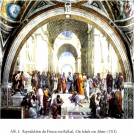
Die evolutionäre Bedeutung des Spiels
The evolutionary significance of play
Human and animal play is both a fascinating and puzzling phenomenon. Its origin and function cannot be conclusively explained within conventional evolutionary theory. However, nowadays there exist extensive accounts and scientific descriptions that can provide us with a wealth of well documented… Read More
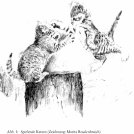
Von der Symbiose zum sogenannten Brutparasitismus
The three bird families, weavers, viduids (whydahs/indigobirds) and estrildids (waxbills), which today are classified separately, during the last century were regarded, often taxonomically variably, as one big family with corresponding sub-families. They probably once belonged to one family. In the weaver-bird group there is a genus whose males… Read More
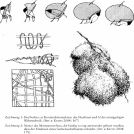
Die Sinnlichkeit des Menschen
The sensoriality of man. The body as an instrument of the self‘s free orientation to the world
In search of a clear distinction between 'sensoriality' and 'desire' in man, our course leads past the traditional rejection of 'sensoriality' by the main religions of the world, and past the unclarity of popular concepts. From there it… Read More
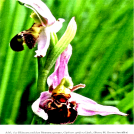
Die Metamorphosen der Pflanzen (Stockholm 1755)
Nicolaus E. Dahlberg: Die Metamorphosen der Pflanzen (Stockholm 1755)
In 1755, under the direction of Carl von Linné, the Swedish botanist Nicolaus (= Nils) E. Dahlberg (1735-1820) published his botanical dissertation Metamorphoses Plantarum. It deals with seven types of plant metamorphosis. Its focus is on the formation of the organs… Read More
